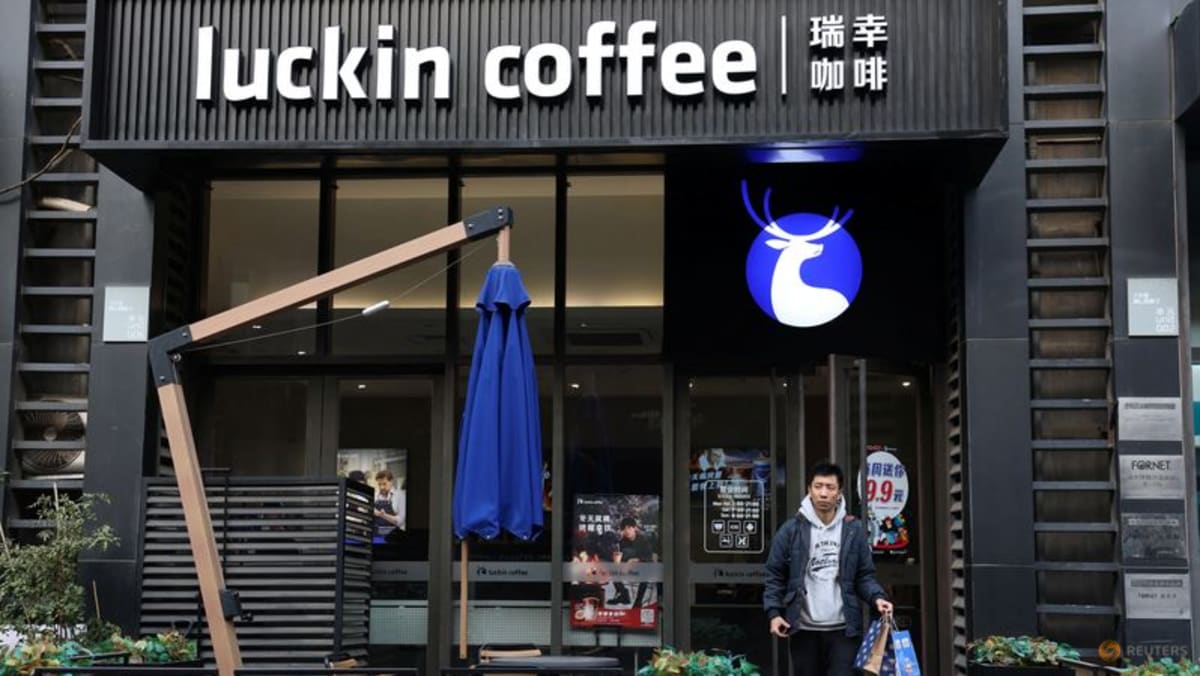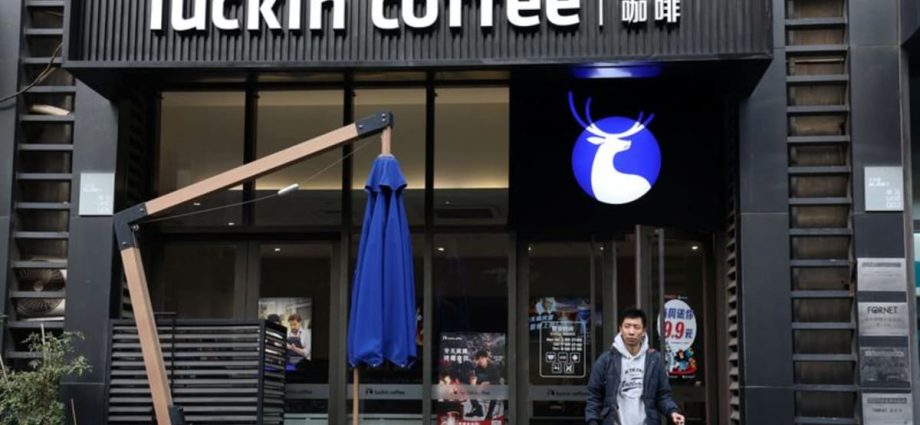
Alegra Group estimates China’s Luckin Coffee added 5,059 stores in the last 12 months, while another Chinese chain, Cotti Coffee, opened 6,004 outlets in the period.
“The scale of the opportunity is such that both (local and international chains) will have to be very aggressive in facing off against the other and I think that should ensure a very dynamic marketplace in the next few years,” Barry said.
US-based Starbucks opened 700 stores in China in the last year and said it is on track to operate around 9,000 stores in the country by 2025, while Canada’s Tim Hortons plans to have 3,000 stores in the country in four years.
Seizing market share is one of Luckin’s core targets, Chief Executive Jinyi Guo said during the firm’s third quarter earnings call.
Store openings are now happening in China’s smaller cities, Jason Yu said, which still have millions of inhabitants each.
“So that basically means in those places there’s still a lot of white space for coffee chains to grow,” he said.
Zixi Zhao, a 20-year old Beijing student, said he drinks coffee every day.
“I started drinking when I went to college,” he said. “I don’t drink much tea in general, but my mom, my dad, my grandmother they all drink tea.”
Ruoxuan Zhao, a 19-year-old student from Beijing, said drinking coffee was part of the fast-paced lifestyle of young people in China, who welcome the caffeine boost.
HAPPY GROWERS
The development is good news for coffee producers already benefiting from high prices due to adverse weather in some growing regions. Arabica coffee futures are trading near the highest in eight months, while robusta coffee hit the highest in 15 years last week.
China imports coffee mostly from Africa and South America.
Brazil’s coffee exporters group Cecafe said that shipments to China will nearly triple in 2023 to surpass 1 million bags for the first time, making China its eighth-largest market.
The United States Department of Agriculture sees China using 5 million bags of coffee in the new season (2023/24), which would make it the world’s seventh-largest consumer.
Chinese coffee consumption still pales when compared to top consumers the United States and Brazil that use more than 20 million bags per year. But the growing demand signals China is undergoing a cultural change similar to other tea-loving Asian countries including Japan and South Korea.

